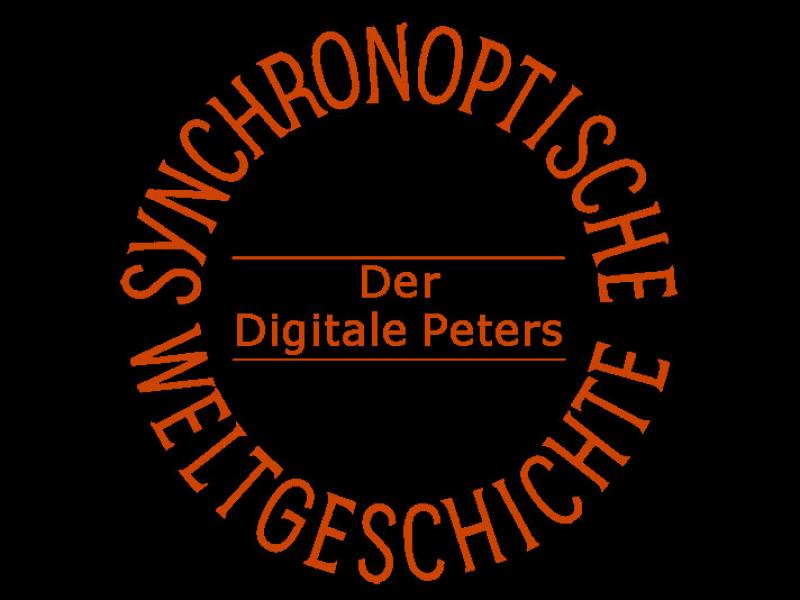The digital Peters
Lecture by Thomas Burch

Date:
30.01.2013Place:
A 338, University of Trier
Categories:
EventFurther Information:
The digital PetersIn order to be able to understand history you have to see it. That is why Arno Peters (1916-2002) – together with numerous renowned experts in other specific fields of historical research – created a two-volume overview of world history in the format of an atlas: The Synchronoptic World History. For the first time the major chains and relations of world history could be accessed visually. The unusual title Synchronoptic World History tells us what makes the makes this historical work different from all the others: Peters aimed at making visible the simultaneity and the sequence of events in history – of all countries of the world, of all social classes, of all fields, for every year from the beginning of historiography and the history of mankind up until the Internet today. His guiding idea was that both human inadequacy and negligence as well as embellishment and the intention to deceive were falsifying the historical-geographical conception of the world.
Therefore, Büro-W (Wiesbaden) and the Trier Centre for Digital Humanities cooperated in a three-year project to further develop the printed version into a "Digital Peters" on DVD ROM. This version was equipped with new search and linking functions, an electronic version of Peters' original card file, and finally published electronically. Thus, the Digital Peters (DDP) can be considered as a modern continuation of the famous book's tradition. Now each topic of world history can be accessed far more easily than before. On the time map interface, which sticks to the well-tried sychronoptic display, you have the opportunity to group single years together as cycles, categorize different types of events (wars and revolutions, social systems, intellectual discussions, economy and technology), and take a close look at major events of world history, or important historical characters in more than 1,100 synchronoptic tables.
All guests are very welcome

